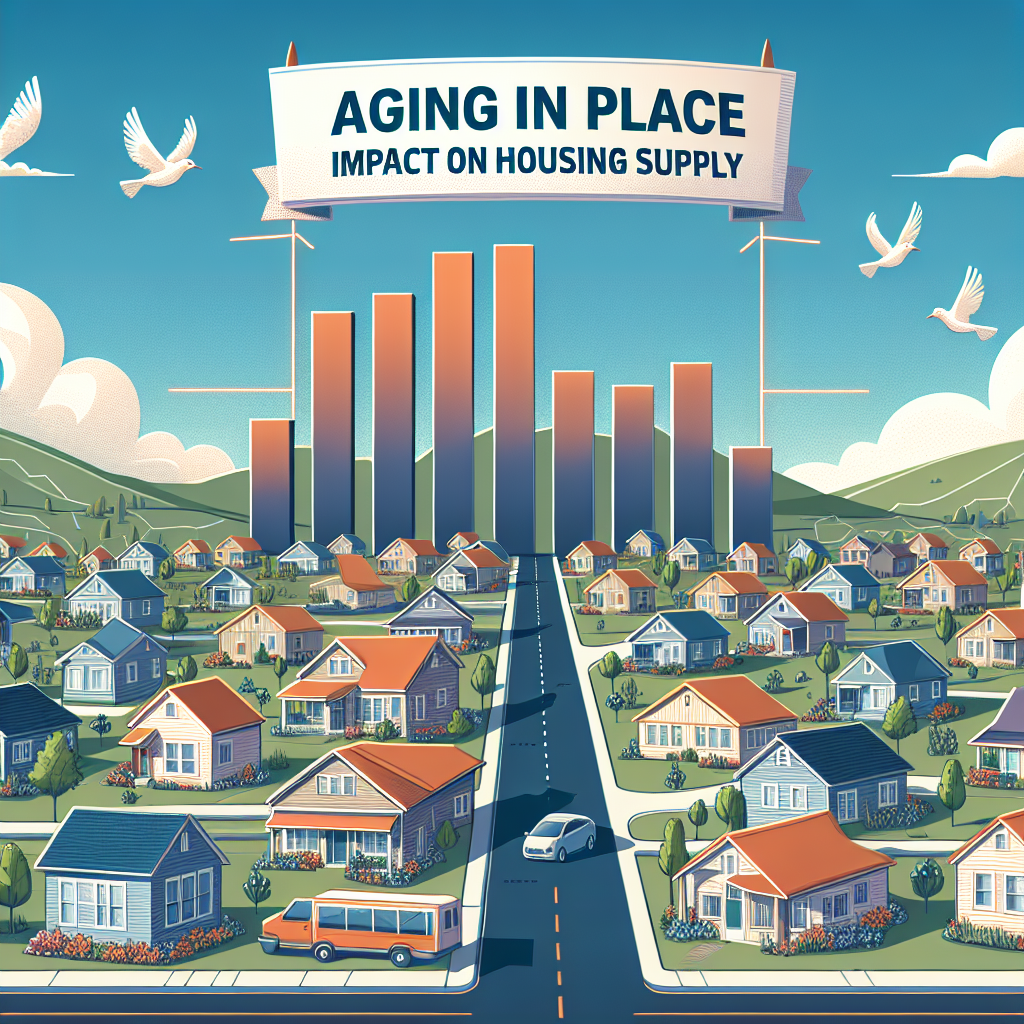Aging in Place: The Impact on Housing Supply in America
The concept of “aging in place” is becoming increasingly popular among older adults in the United States. This trend, while beneficial for the elderly, poses significant challenges to the housing market. As more seniors choose to remain in their homes rather than move to retirement communities or assisted living facilities, the availability of housing for younger generations is affected. This article explores the implications of aging in place on the housing supply in America, supported by relevant examples, case studies, and statistics.
Understanding Aging in Place
Aging in place refers to the decision of older adults to live in their own homes and communities as they age, rather than relocating to specialized housing. This choice is often driven by a desire for independence, familiarity, and comfort. According to the AARP, nearly 90% of seniors wish to stay in their homes as they age, a statistic that underscores the widespread appeal of this lifestyle choice.
The Impact on Housing Supply
The decision of many seniors to age in place has a direct impact on the housing supply. Here are some of the key effects:
- Reduced Turnover: As seniors remain in their homes longer, fewer properties become available for sale or rent, leading to reduced housing turnover.
- Increased Demand for Modifications: Homes may require modifications to accommodate the needs of aging residents, such as installing ramps, stairlifts, or accessible bathrooms.
- Pressure on Housing Prices: With fewer homes entering the market, the supply-demand imbalance can drive up housing prices, making it more difficult for younger buyers to enter the market.
Case Studies and Examples
Several communities across the United States illustrate the impact of aging in place on housing supply:
- Portland, Oregon: In Portland, a city known for its aging population, the local government has implemented policies to encourage the construction of accessory dwelling units (ADUs) to increase housing options for both seniors and younger residents.
- Sun City, Arizona: As one of the largest retirement communities in the U.S., Sun City has seen a trend of residents choosing to age in place, leading to a scarcity of available homes for new retirees.
Statistics Highlighting the Trend
Several statistics highlight the growing trend of aging in place and its impact on housing:
- According to the Joint Center for Housing Studies of Harvard University, the number of households headed by someone aged 65 or older is expected to increase by 66% by 2035.
- The National Association of Home Builders reports that 75% of remodelers have seen an increase in requests for aging-in-place modifications.
Strategies to Address the Challenges
To mitigate the impact of aging in place on housing supply, several strategies can be considered:
- Encouraging ADUs: Local governments can incentivize the construction of ADUs to provide additional housing options.
- Promoting Senior Housing Developments: Developing more senior-specific housing can offer alternatives for those who may eventually need more support.
- Supporting Home Modifications: Providing financial assistance or tax incentives for home modifications can help seniors safely age in place.
Conclusion
Aging in place is a growing trend that reflects the desires of many older Americans to maintain their independence and remain in familiar surroundings. However, this choice has significant implications for the housing market, contributing to reduced housing turnover and increased pressure on housing prices. By understanding these challenges and implementing strategic solutions, communities can better accommodate the needs of both aging residents and younger generations seeking housing. As America continues to age, addressing the impact of aging in place on housing supply will be crucial for ensuring a balanced and accessible housing market for all.



